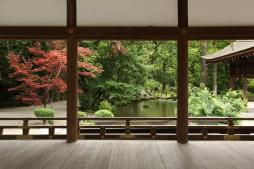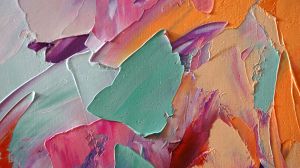From Lanterns to Menorahs: Symbolism in Diwali and Hanukkah Celebrations

Festivals of light hold a special place in many cultures around the world, symbolizing hope, renewal, and triumph over darkness. Two such celebrated festivals are Diwali, widely observed by Hindus, Sikhs, and Jains, and Hanukkah, an important Jewish holiday. While these festivals come from different traditions, both use light as a powerful emblem of faith and community.
Understanding Diwali: The Festival of Lights
Diwali is one of the most significant festivals in Indian culture. It marks the victory of light over darkness and good over evil. Celebrants illuminate their homes with oil lamps called diyas, string colorful lights, and set off fireworks to signify joy and prosperity. The festival also honors various deities like Lakshmi, the goddess of wealth. Diwali’s bright lamps symbolize inner enlightenment and the dispelling of ignorance.
The Meaning Behind Hanukkah’s Menorah
Hanukkah commemorates the rededication of the Second Temple in Jerusalem during the second century BCE after a successful revolt against oppression. Central to its observance is lighting the menorah—a candelabrum with nine branches—each night for eight nights to remember a miracle where oil meant for just one day lasted eight days. This light represents resilience, faith amidst adversity, and spiritual illumination.
Symbolism Shared Between Diwali and Hanukkah
Both festivals emphasize light as a symbol that transcends physical illumination; it conveys hope amid hardship and spiritual awakening. Lighting lamps or candles during these celebrations fosters togetherness among family members while honoring cultural heritage. The act itself reminds participants that even small sources of light can overcome overwhelming darkness.
Cultural Practices Surrounding Light in Both Festivals
In Diwali celebrations, beyond lighting diyas indoors and outdoors to welcome prosperity spirits into homes is customary feasting with sweets like ladoos or barfis shared between families and friends. Similarly during Hanukkah households gather nightly around menorahs singing traditional songs such as “Maoz Tzur” while enjoying foods fried in oil such as latkes (potato pancakes) or sufganiyot (jelly-filled doughnuts). These culinary customs connect attendees deeply with their respective histories through sensory experiences associated with light.
Why Festivals of Light Matter Today
In modern times when communities face varying challenges globally—from social unrest to environmental concerns—festivals like Diwali and Hanukkah remind people about resilience through unity rooted in tradition. They encourage embracing diversity by sharing stories behind each celebration’s unique symbolism yet universal message about overcoming darkness through collective effort.
From lanterns twinkling on windowsills during Diwali to candles glowing on menorahs throughout Hanukkah nights, these festivals offer more than just dazzling visuals—they offer lessons on perseverance, faithfulness to cultural roots,and hope for brighter tomorrows.
This text was generated using a large language model, and select text has been reviewed and moderated for purposes such as readability.











